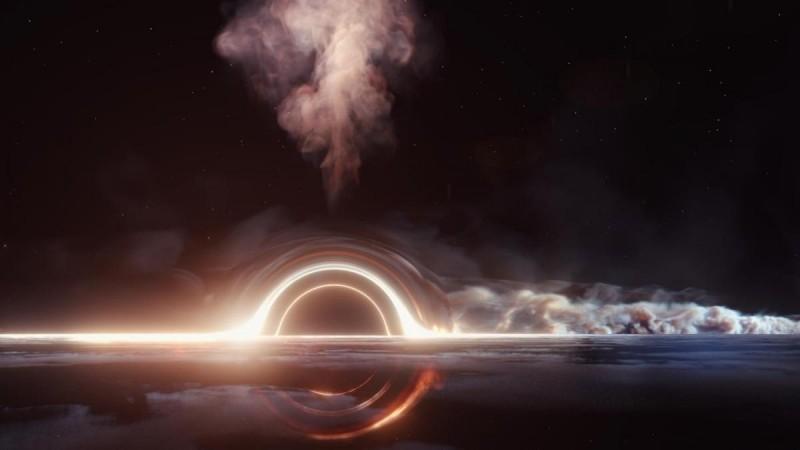A group of scientists has detected the presence of a high-energy neutrino--a particularly elusive particle -- in the wake of a star's destruction as it is consumed by a black hole. Neutrinos--as well as the process of their creation--are hard to detect, making their discovery, along with that of Ultrahigh Energy Cosmic Rays (UHECRs), noteworthy.
This discovery, reported in the journal Nature Astronomy, sheds new light on the origins of Ultrahigh Energy Cosmic Rays--the highest energy particles in the Universe.
The work, which included researchers from more than two dozen institutions, including New York University and Germany's DESY research center, focused on neutrinos--subatomic particles that are produced on Earth only in powerful accelerators.

"The origin of cosmic high-energy neutrinos is unknown, primarily because they are notoriously hard to pin down," explains Sjoert van Velzen, one of the paper's lead authors and a postdoctoral fellow in NYU's Department of Physics at the time of the discovery. "This result would be only the second time high-energy neutrinos have been traced back to their source."
Previous research by van Velzen, now at the Netherlands' Leiden University, and NYU physicist Glennys Farrar, a co-author of the new Nature Astronomy paper, found some of the earliest evidence of black holes destroying stars in what are now known as Tidal Disruption Events (TDEs). These findings set the stage for determining if TDEs could be responsible for producing UHECRs.
Previous findings
Previously, the IceCube Neutrino Observatory, a National Science Foundation-backed detector located in the South Pole, reported the detection of a neutrino, whose path was later traced by the Zwicky Transient Facility at Caltech's Palomar Observatory.

Specifically, its measurements showed a spatial coincidence of a high-energy neutrino and light emitted after a TDE--a star consumed by a black hole. "This suggests these star shredding events are powerful enough to accelerate high-energy particles," van Velzen explains.












!['Had denied Housefull franchise as they wanted me to wear a bikini': Tia Bajpai on turning down bold scripts [Exclusive]](https://data1.ibtimes.co.in/en/full/806605/had-denied-housefull-franchise-they-wanted-me-wear-bikini-tia-bajpai-turning-down-bold.png?w=220&h=138)
![Nayanthara and Dhanush ignore each other as they attend wedding amid feud over Nayanthara's Netflix documentary row [Watch]](https://data1.ibtimes.co.in/en/full/806599/nayanthara-dhanush-ignore-each-other-they-attend-wedding-amid-feud-over-nayantharas-netflix.jpg?w=220&h=138)



